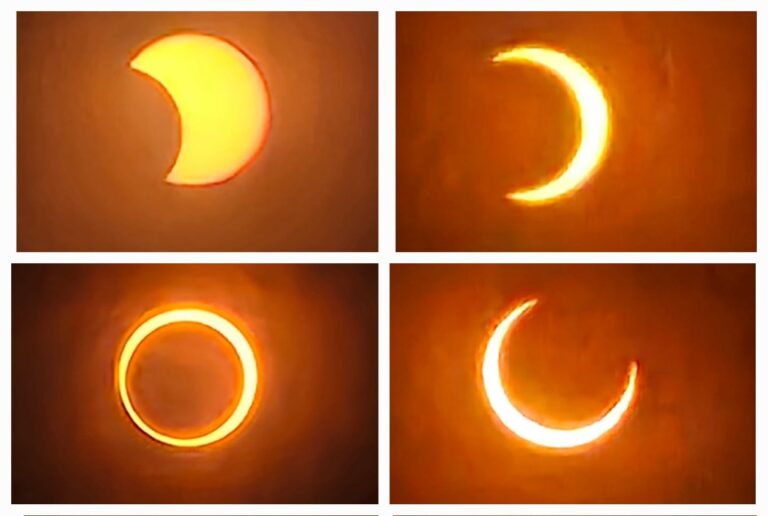Key Takeaways:
- The Sun emits electromagnetic radiation across a broad spectrum, including visible, infrared, microwave, radio, ultraviolet, X-ray, and gamma-ray wavelengths.
- Visible light, comprising wavelengths from 400 to 750 nanometers, represents only a narrow portion of the Sun's total electromagnetic emission.
- The majority of solar radiation is concentrated in the infrared, visible, and ultraviolet portions of the electromagnetic spectrum.
- Gamma rays detected from the Sun originate primarily from high-energy events like powerful solar flares, as gamma rays produced within the Sun's core are absorbed before escaping.
Q: In what part of the electromagnetic spectrum does the Sun emit energy?
A: The Sun emits light in virtually every part of the electromagnetic spectrum, albeit some more than others. The sunlight that we see — aptly named visible light — falls into only a very narrow range of the spectrum, from about 400 to 750 nanometers (a nanometer is one-billionth of a meter, or about 400 millionths of an inch). The Sun also emits at longer wavelengths, in the infrared, microwave, and radio. Our Sun emits light at progressively shorter wavelengths, too: the ultraviolet, X-ray, and even gamma-ray parts of the spectrum.
But most of the Sun’s light is in the infrared, visible, and ultraviolet parts of the electromagnetic spectrum. Its output at the longest (radio) wavelengths is much less than its output at visible wavelengths; conversely, the Sun’s short-wavelength X-rays come only from the hottest and most active parts of its outer atmosphere, the corona. The gamma rays our star generates through fusion processes in its core never make it out of the Sun before they are converted into lower-energy light. So, the only gamma rays from the Sun we receive here on Earth are from extreme solar events, such as the most powerful solar flares.










